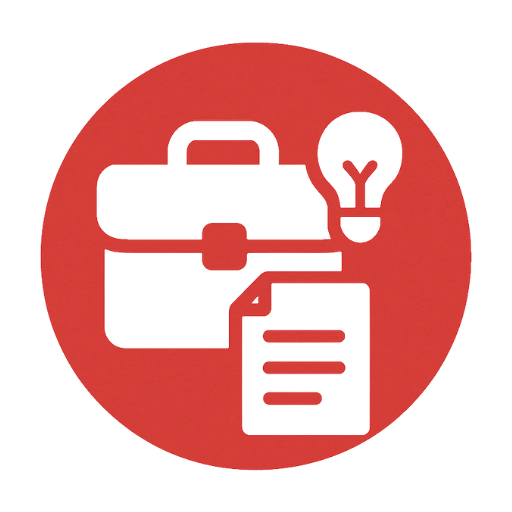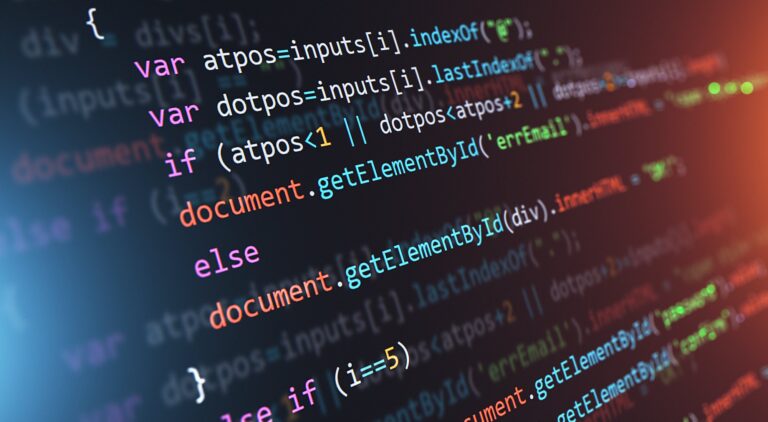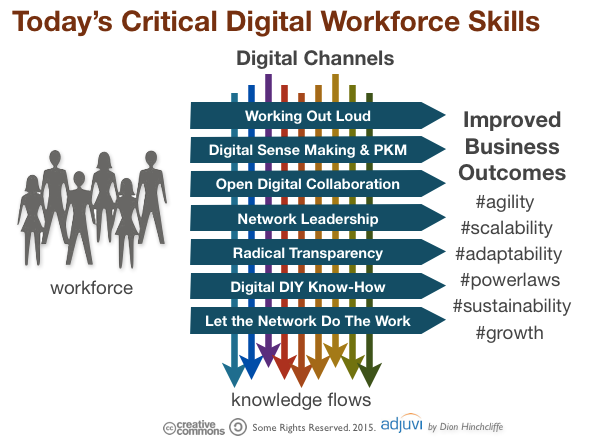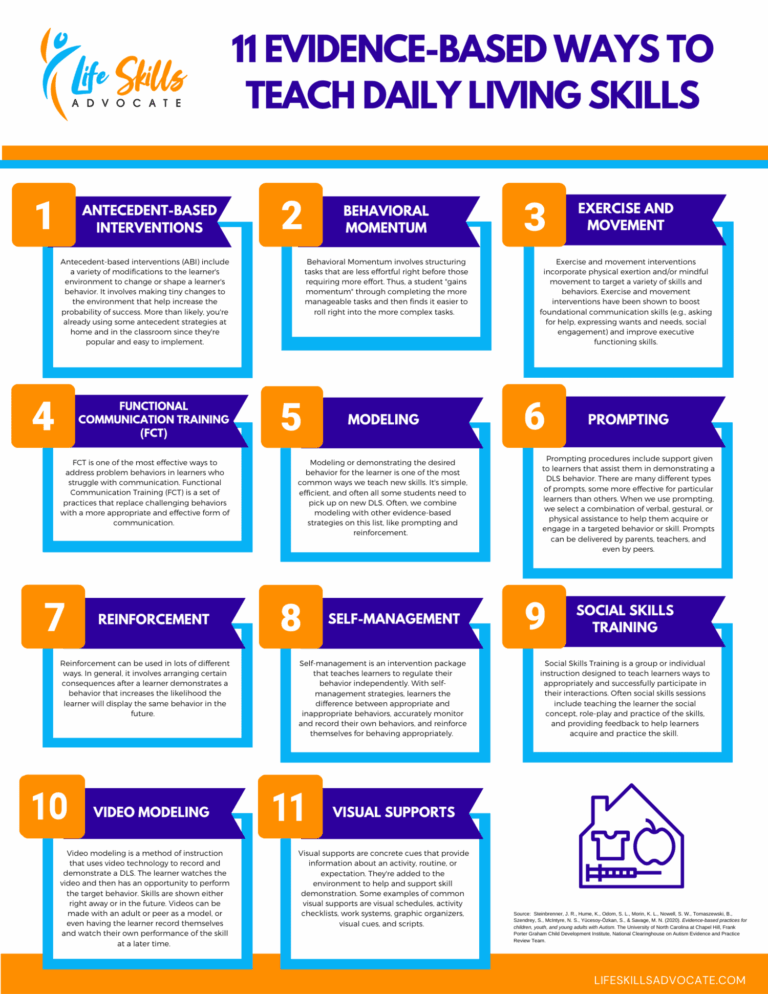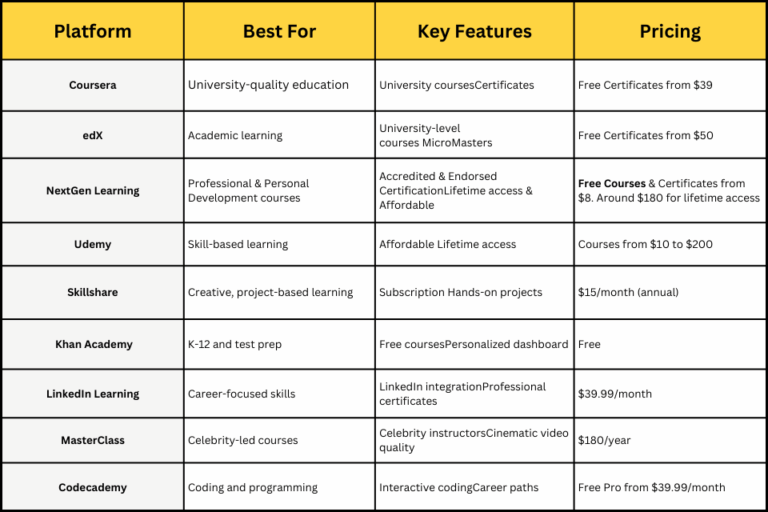Understanding The Difference Between Critical Thinking And Problem-Solving
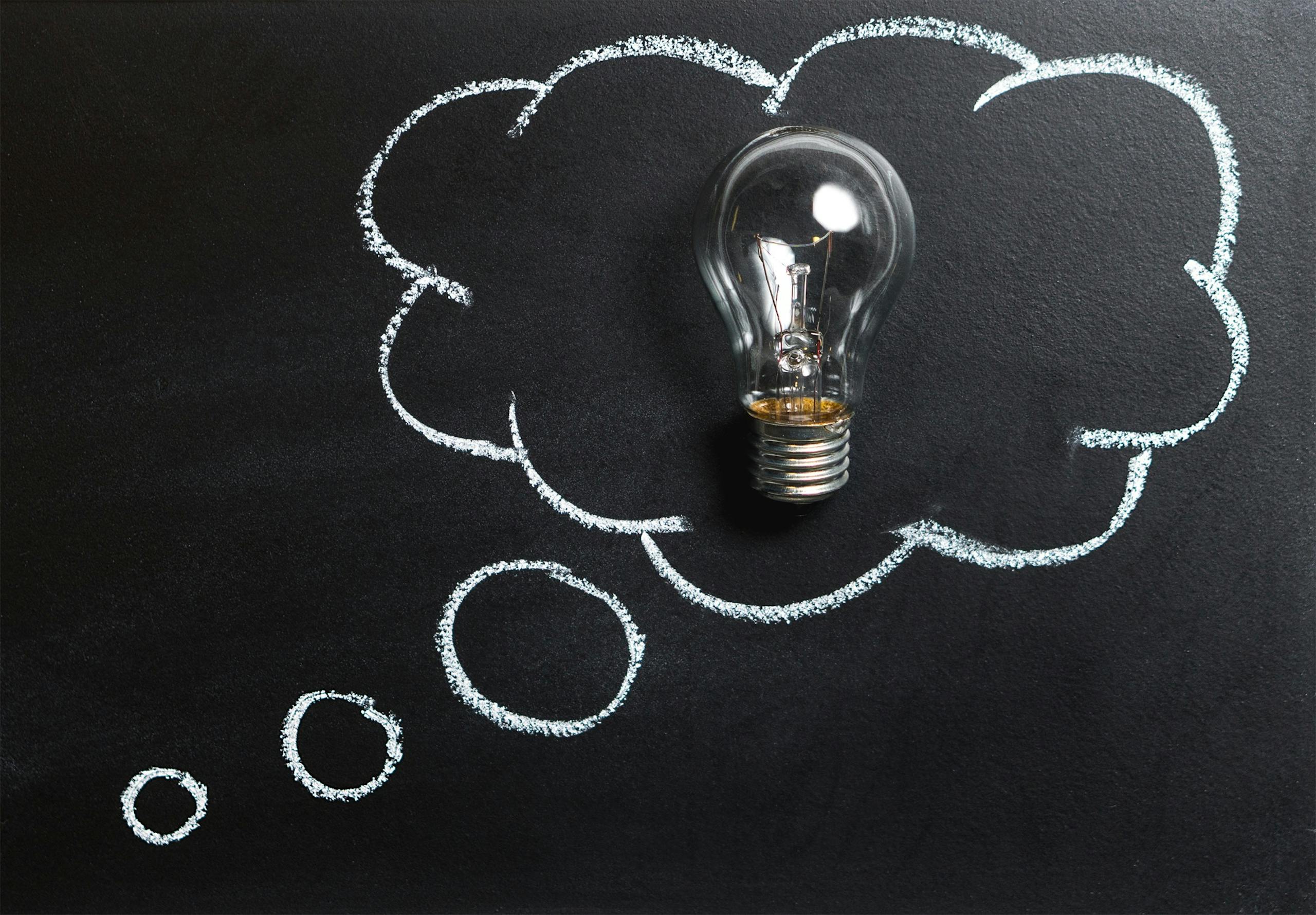
What if I told you that solving a complex problem in your work doesn’t necessarily require critical thinking? While both skills are crucial, understanding their distinct roles can drastically enhance your efficiency. Critical thinking is often about examining assumptions, evaluating evidence, and forming reasoned conclusions. Problem-solving, on the other hand, is the application of these conclusions to find a solution to a specific issue.
Dating back to ancient Greek philosophy, critical thinking has its roots in Socratic questioning. Meanwhile, problem-solving gained its modern prominence during the Industrial Revolution when efficiency became paramount. A recent study reveals that professionals who clearly differentiate between these skills perform 20% better in decision-making tasks. Differentiating between them can lead to more effective strategies and innovative outcomes.

The Core Concepts of Critical Thinking
Critical thinking involves analyzing information to form a reasoned judgment. It requires questioning assumptions and evaluating evidence. This process helps ensure that decisions are well-founded and logical. For example, when faced with a problem, instead of accepting the first solution, a critical thinker will weigh all options. This thorough examination leads to better outcomes.
One key aspect of critical thinking is reflection. Reflecting on past experiences helps us learn and improve. By considering what worked and what didn’t, we can develop more effective strategies for the future. According to this post, reflection is crucial in continuous learning and personal growth.
Another core concept is open-mindedness. Being open to new ideas and perspectives allows for a more comprehensive understanding of issues. It prevents us from being stuck in our own biases. This trait is essential for innovation and adaptation in various fields.
Lastly, critical thinking involves clear communication. Articulating thoughts and reasoning effectively ensures that ideas are understood and evaluated correctly. This skill is important in both professional and personal settings. Here is the article, effective communication enhances collaboration and problem-solving within teams.
Defining Critical Thinking
Critical thinking is the ability to think clearly and rationally. It involves understanding the logical connection between ideas. Unlike merely acquiring information, it emphasizes the evaluation and analysis of that information. By questioning assumptions, examining evidence, and drawing logical conclusions, critical thinking ensures better decision-making. This skill is essential in solving complex problems effectively.
At its core, critical thinking requires curiosity and skepticism. Curiosity drives the desire to learn and explore new ideas. Skepticism ensures that we do not accept things at face value without questioning. This balanced approach helps in thoroughly understanding various issues. It’s crucial for making informed decisions in everyday life.
Critical thinking also involves being open-minded. This means considering different perspectives and possibilities before reaching a conclusion. It’s about being fair and unbiased in evaluation. By embracing diverse viewpoints, we can make more well-rounded decisions.
Finally, effective communication is a key component of critical thinking. Clearly expressing thoughts and reasoning helps others understand your viewpoint. It also allows for constructive dialogue and feedback. This exchange of ideas further refines our thinking and decision-making abilities.
Key Processes in Critical Thinking
The first key process in critical thinking is identifying the problem. Understanding the issue at hand sets the stage for further analysis. It involves gathering relevant information and defining the problem clearly. This step ensures that you are addressing the right question. Without clarity, it’s easy to get lost in irrelevant details.
Next is evaluating evidence. This means assessing the information you’ve gathered to determine its credibility and relevance. Not all information is useful or accurate. Being able to discern good evidence from bad is crucial. This helps in building strong, logical arguments.
Generating and considering alternative solutions is another important aspect. This process encourages looking at multiple ways to solve a problem. It prevents premature conclusions. By exploring different options, you increase the chances of finding the best solution. This approach fosters creativity and innovation.
Finally, effective critical thinking involves making reasoned judgments. This means drawing conclusions based on the evaluated evidence and considered alternatives. It’s about balancing pros and cons and making informed decisions. These judgments should be logical and justified, ensuring sound decision-making.
The Importance of Reflection
Reflection is a vital part of learning and personal growth. It involves looking back at experiences and analyzing them. This helps in understanding what worked and what didn’t. Without reflection, it’s easy to repeat mistakes. Learning from past actions ensures better future decisions.
Reflection enhances self-awareness. By taking the time to think about our actions, we gain insight into our strengths and weaknesses. This self-awareness is crucial for personal development. It allows us to make conscious efforts to improve. It also helps in setting realistic goals.
Furthermore, reflection aids in problem-solving. It provides an opportunity to review how problems were approached and the effectiveness of the solutions used. By evaluating different methods, we can fine-tune our strategies. This ensures more efficient problem-solving in the future. According to this post, reflective thinking is a core component of critical thinking.
Reflection is also beneficial in professional settings. It helps in developing better work practices. For instance, after completing a project, reflecting on what went well and what didn’t can lead to improved processes. This continuous improvement enhances overall productivity.
Lastly, reflection promotes emotional intelligence. It involves understanding and managing our emotions. By reflecting on our emotional responses, we can better handle stressful situations. This leads to healthier relationships and a more balanced life.
Embracing reflection can lead to significant positive changes. It requires consistent practice and patience. Over time, it becomes a natural part of our thinking process, driving continuous improvement and growth.
Problem-Solving Techniques and Their Applications
Brainstorming is a popular problem-solving technique. It involves generating a list of ideas quickly and without judgment. This encourages creativity and out-of-the-box thinking. Participants can build on each other’s ideas. This can lead to innovative solutions.
Another common method is the “Five Whys” technique. This involves asking “why” repeatedly until the root cause of a problem is identified. Typically, it takes about five iterations to reveal the underlying issue. This technique is simple but powerful. It helps in addressing the core problem rather than just the symptoms.
Mind mapping is also effective for visual learners. It involves creating a diagram to visualize different aspects of a problem and their relationships. This helps in organizing thoughts and seeing connections. It’s especially useful in complex situations where many factors are involved. Mind mapping can lead to a clearer understanding of the problem.
For data-driven decisions, the Pareto Analysis is useful. It’s based on the 80/20 rule, which states that 80% of problems come from 20% of causes. By focusing on the most significant causes, efforts can be more effective. This technique helps prioritize actions. It ensures that resources are used efficiently.
The SWOT analysis is widely used in business settings. It involves evaluating the strengths, weaknesses, opportunities, and threats related to a problem or project. This comprehensive approach helps in understanding all aspects of a situation. It aids in making well-informed decisions and strategies. SWOT analysis is versatile and applicable in various fields.
Lastly, trial and error is a practical approach. It involves testing different solutions and learning from failures. Although it can be time-consuming, it often leads to effective solutions. This method is especially useful in innovation and experimentation. It encourages a hands-on approach to problem-solving.
Contrasting Critical Thinking with Problem-Solving
Critical thinking and problem-solving are closely related but distinct skills. Critical thinking is about analyzing and evaluating information. It involves questioning assumptions and considering multiple perspectives. This process helps in forming a reasoned judgment. On the other hand, problem-solving is about finding solutions to specific issues.
One key difference lies in their approaches. Critical thinking is often more theoretical and abstract. It focuses on understanding the underlying principles and logic. Problem-solving, however, is more practical and action-oriented. It’s about applying knowledge and strategies to resolve a tangible problem.
Another distinction is in their outcomes. The goal of critical thinking is to arrive at a well-reasoned conclusion. It might not always lead to immediate action. In contrast, problem-solving aims to implement a solution. The process is complete only when the problem is resolved.
The skills required for each also vary. Critical thinking involves skills like analysis, interpretation, and reflection. It requires a deep understanding of the subject matter. Problem-solving, meanwhile, relies on creativity, planning, and execution. Both skills are essential in different contexts and often complement each other.
Despite their differences, critical thinking and problem-solving do overlap. Effective problem-solving often requires critical thinking. Analyzing the problem, evaluating options, and making informed decisions are all parts of critical thinking. According to this approach, using both skills together can lead to better outcomes.
Understanding the distinctions between these two skills is crucial. It helps in applying the right approach to different situations. Both are valuable in personal and professional life. Developing proficiency in each can enhance overall effectiveness and decision-making abilities.
Practical Examples of Critical Thinking and Problem-Solving in the Workplace
In a workplace setting, critical thinking is essential for analyzing project outcomes. For instance, after completing a marketing campaign, evaluating its success involves looking at various metrics. This includes understanding which strategies worked and which didn’t. By critically assessing the data, companies can refine future campaigns. This approach ensures continuous improvement.
Problem-solving is crucial when unexpected issues arise during projects. Imagine an IT team facing a security breach. They need to quickly identify the problem’s source and implement immediate solutions to safeguard data. This requires swift decision-making and effective action plans. Such situations highlight the importance of problem-solving skills.
A practical example of combining both skills is during staff meetings. When discussing project obstacles, team members use critical thinking to analyze challenges thoroughly. Then, they brainstorm potential solutions collaboratively. By doing so, they address problems efficiently while considering different perspectives.
Customer service roles often require sharp problem-solving abilities as well. Representatives must handle complaints by identifying issues and providing timely resolutions. Critical thinking helps them understand customer concerns deeply and anticipate potential problems. This leads to enhanced customer satisfaction.
Managers frequently rely on these skills when making strategic decisions. For example, deciding whether to launch a new product involves critical assessment of market data and trends (here is the article). It also requires formulating detailed plans for execution if they choose to proceed.
Training programs that focus on developing these skills can significantly benefit employees (according to this post). Regular workshops and practice scenarios help staff enhance their analytical abilities and problem-solving techniques, leading to better performance overall.
Enhancing Your Skills in Both Areas
Improving critical thinking requires regular practice. One effective way is to engage in activities that challenge your reasoning skills. Puzzles, debates, and reading complex texts can help. These exercises encourage the brain to think deeply and critically. Over time, this enhances analytical abilities.
To boost problem-solving skills, focus on real-world applications. Take on small projects that require innovative solutions. Start with simple problems and gradually tackle more complex ones. This hands-on experience is invaluable. It helps in recognizing patterns and developing effective strategies.
Participating in group discussions can enhance both critical thinking and problem-solving. Collaborating with others exposes you to diverse viewpoints. This interaction fosters a deeper understanding of issues. It also improves your ability to generate and evaluate solutions. Group activities are both educational and engaging.
Another way to develop these skills is through formal education. Many courses focus on critical thinking and problem-solving techniques. These classes offer structured learning and expert guidance. They provide a strong foundation and practical tools. Investing in such education can significantly boost your capabilities.
Technology can also aid in skill enhancement. There are numerous apps and online platforms designed to improve critical thinking and problem-solving abilities. Interactive games, simulations, and tutorials make learning fun and effective. Utilizing these resources can provide continuous practice and feedback.
Mental exercises, such as mind mapping and brainstorming, can further develop these skills.
Key Takeaways
- Critical thinking is about analyzing and evaluating information.
- Problem-solving focuses on developing solutions for specific issues.
- Both skills are essential but serve different purposes.
- Critical thinking emphasizes reasoning, while problem-solving emphasizes action.
- Combining both leads to better decision-making and outcomes.

Conclusion
Understanding the difference between critical thinking and problem-solving is essential in both professional and everyday contexts. While critical thinking focuses on analyzing and evaluating information, problem-solving involves applying these insights to address specific issues. By combining these skills, individuals can enhance their decision-making processes.
Incorporating both critical thinking and problem-solving into your routine will lead to more effective and innovative solutions. These skills not only improve individual performance but also contribute to overall team success. Keep practicing and refining these abilities to achieve better outcomes in various situations.
